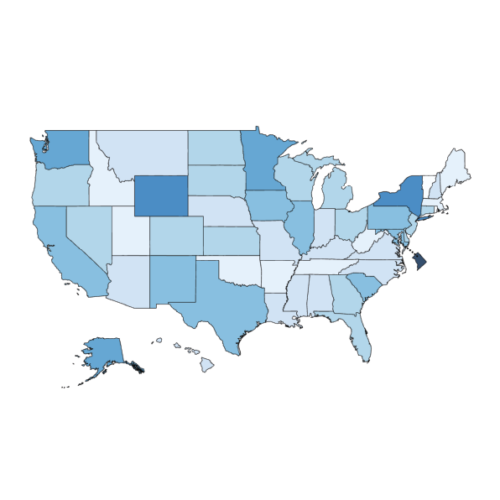Many K-12 school buildings use fossil fuel–reliant HVAC systems that are outdated, inefficient, and costly – to both student well-being and the environment. This report outlines the opportunity and benefits for schools to replace legacy HVAC systems with all-electric, high-performance systems that support healthier learning environments and deliver long-term economic and environmental benefits. Today, 41 percent of school districts report needing to update or replace their HVAC systems. Original analysis in this report finds that existing systems contribute to carbon emissions that impose $2 billion annually in societal costs. Transitioning to modern, electric HVAC systems can help schools reduce emissions, improve indoor air quality, meet rising cooling needs, and lower operating costs. These improvements are especially urgent in under-resourced districts that have long faced inequitable infrastructure conditions. The report outlines research connecting HVAC systems to student health, learning, and equity; six key ideas about school HVAC technologies; and a national analysis profiling current HVAC systems. It also introduces a framework to help school leaders evaluate costs and leverage new funding, including opportunities under the Inflation Reduction Act. This resource is designed for district leaders, facilities planners, and education equity advocates working to ensure every student learns in a safe, healthy, and climate-resilient school building.
Topics
Format(s)
- Website



